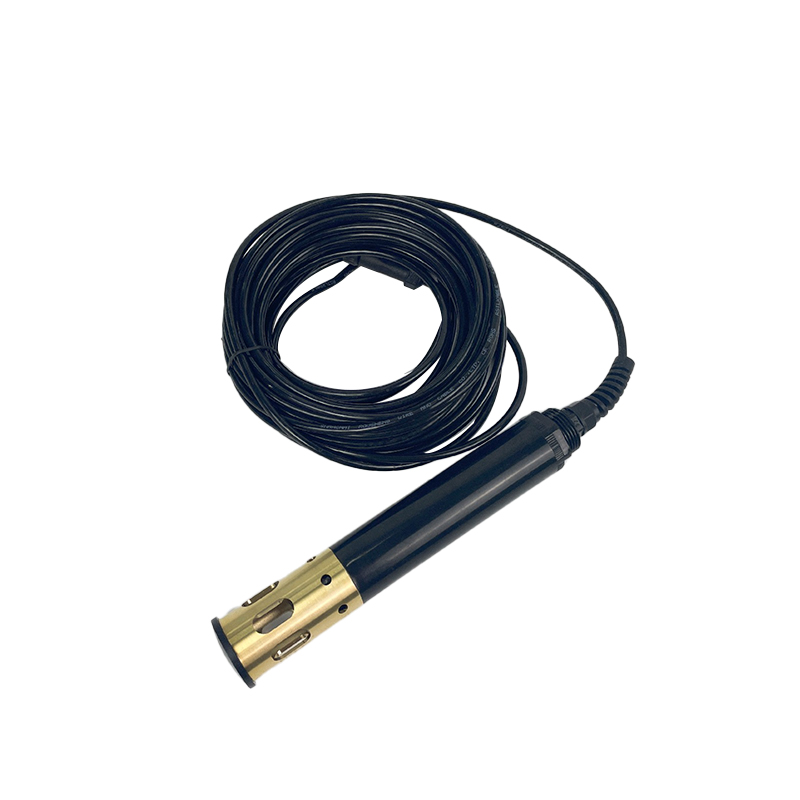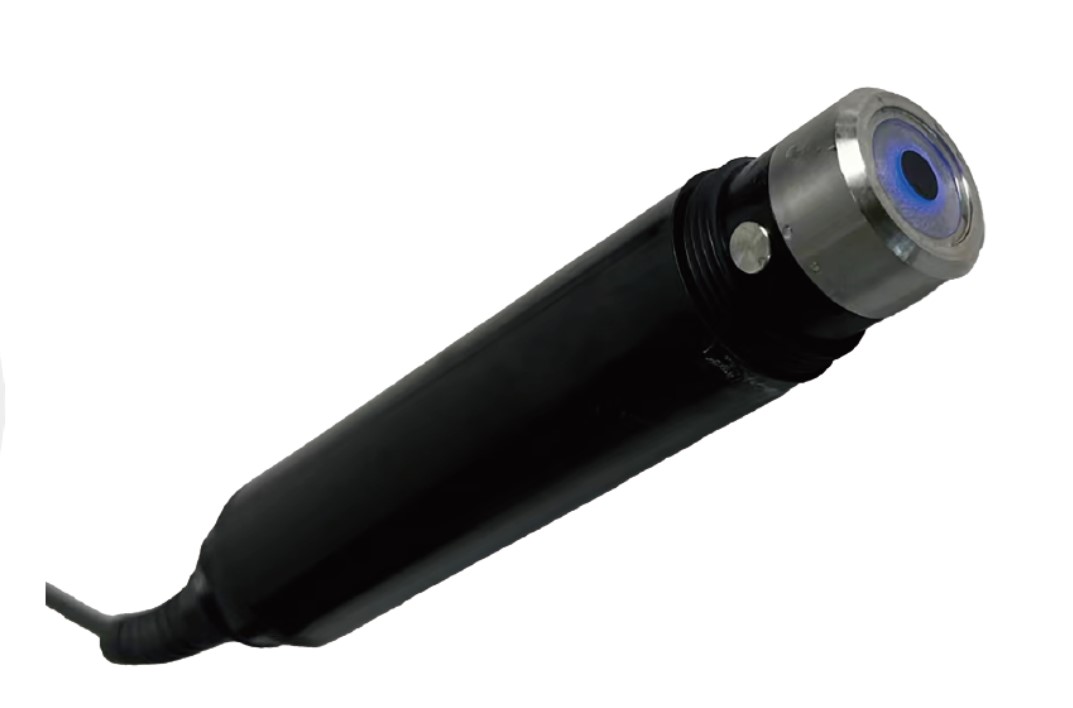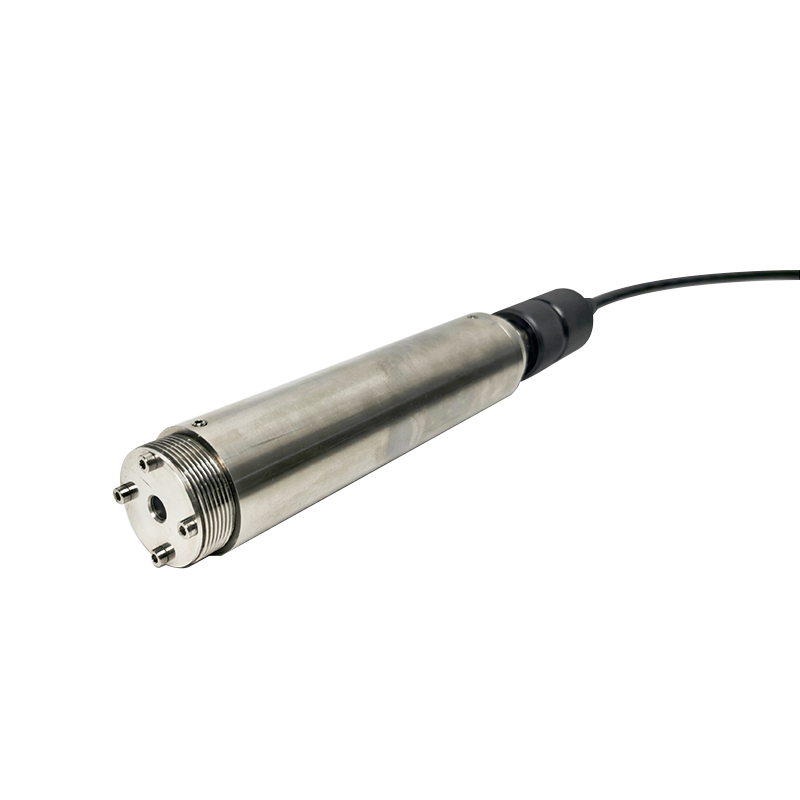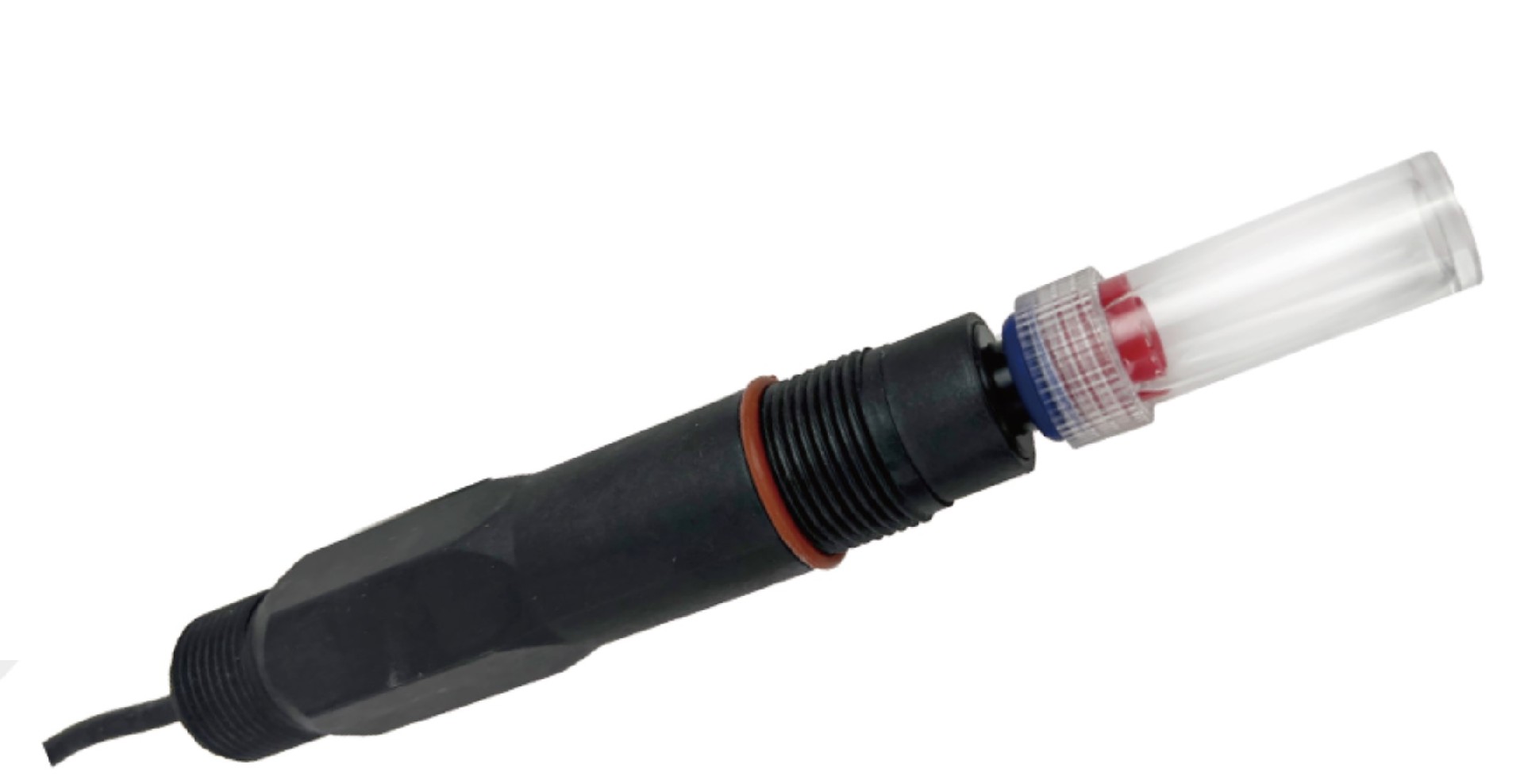Chemical oxygen demand, also known as chemical oxygen demand, abbreviated as COD. It is the use of chemical oxidants (such as potassium permanganate) to oxidize and decompose oxidizable substances (such as organic matter, nitrite, ferrous salts, sulfides, etc.) in water, and then calculate the oxygen consumption based on the amount of residual oxidants. It, like biochemical oxygen demand (BOD), is an important indicator of water pollution. The unit of COD is ppm or milligrams per liter, and the smaller its value, the lighter the degree of water pollution.
In the standards for drinking water, the chemical oxygen demand (COD) of Class I and Class II water is ≤ 15mg/L, the chemical oxygen demand (COD) of Class III water is ≤ 20mg/L, the chemical oxygen demand (COD) of Class IV water is ≤ 30mg/L, and the chemical oxygen demand (COD) of Class V water is ≤ 40mg/L. The larger the value of COD, the more severe the pollution of the water body.
The so-called Chemical Oxygen Demand (COD) refers to the amount of oxidation consumed when using a certain strong oxidant to treat water samples under certain conditions. It is an indicator of the amount of reducing substances in water. The reducing substances in water include various organic compounds, nitrites, sulfides, ferrous salts, etc., but the main ones are organic compounds. Therefore, chemical oxygen demand (COD) is often used as an indicator to measure the amount of organic matter in water. The higher the chemical oxygen demand, the more severe the pollution of water by organic matter.










